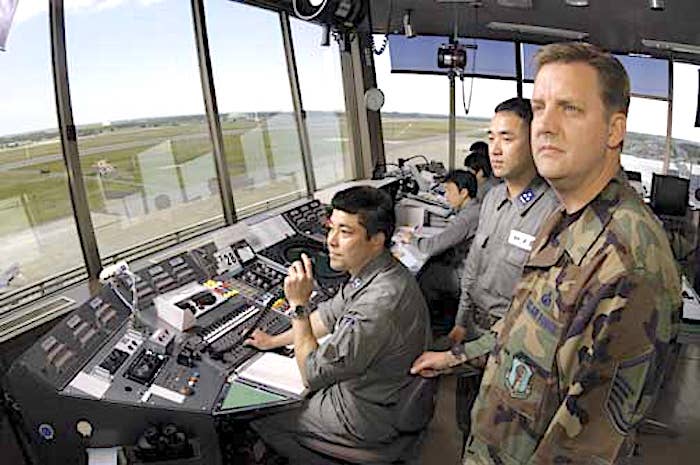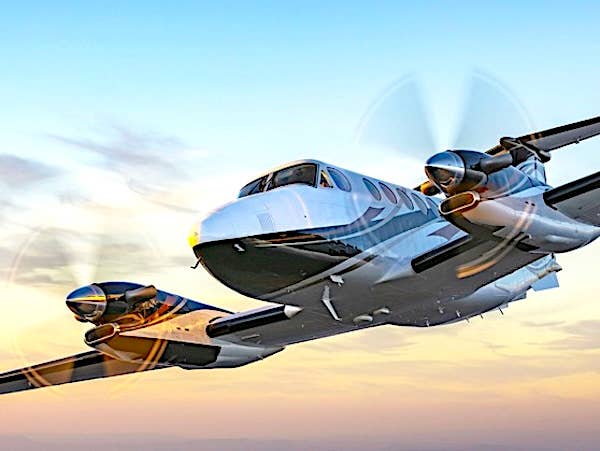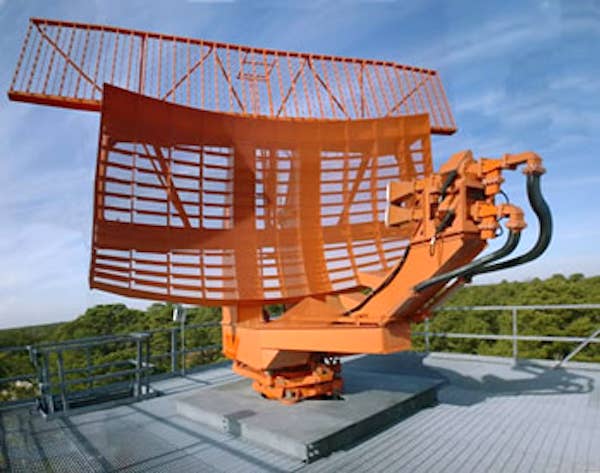Short Final: Pick Your Poison
In the 1980s, when I worked at Daniel Webster College in Nashua, New Hampshire, it had an innovative flight training program with a diverse fleet that included Grob G109B motorgliders,…

In the 1980s, when I worked at Daniel Webster College in Nashua, New Hampshire, it had an innovative flight training program with a diverse fleet that included Grob G109B motorgliders, Mudry CAP 10 aerobatic trainers, and swift and slippery Mooney 201 complex singles. Based at Nashua Airport, DWC’s high-density flight operations blended in with a busy mix of corporate and other GA traffic. The slow speeds of the motorgliders eventually raised concern over the danger of a midair collision in the pattern.
Someone brainstormed the idea of a separate right-hand pattern for the motorgliders where they could land on the grass alongside the paved main runway to keep them out of harm’s way. Someone else raised the objection that the plan would result in unsightly grass stains on the gliders’ shiny white wheel pants.
The first person reflected, “I think I’d rather see grass stains on the airplanes than airplane stains on the grass!”






